Incredibly tasty, nutritious, healing and easy to cook self-seeding plants grow in almost every Montenegrin backyard. The locals, with pleasure and gratitude, accept these generous gifts of nature. Today we bring you some tasty dishes using weeds that you may want to try next time you're in Montenegro - or, you can even cook them at home.
A typical Balkan meal is hard to imagine without a salad, which is prepared in countless variations of green leaves seasoned with olive oil and vinegar. Some of them may include young Dandelion („maslaćak“) or wild Chicory („žućenica“) leaves. To avoid the bitter taste of Dandelion leaves, they are harvested at earliest before they blossom. Seasoned with lemon juice and a pinch of salt, they are then mixed with finely chopped garlic and large slices of boiled eggs. Wild Chicory is one of the most traditional ingredients of the Boka Bay cuisine, and its importance is celebrated every summer at the Žućenica Fest in Tivat. There, you can try a favorite warm appetizer: a mixture including chicory leaves marinated in olive oil and lemon juice with cooked (and still warm) sliced potatoes.
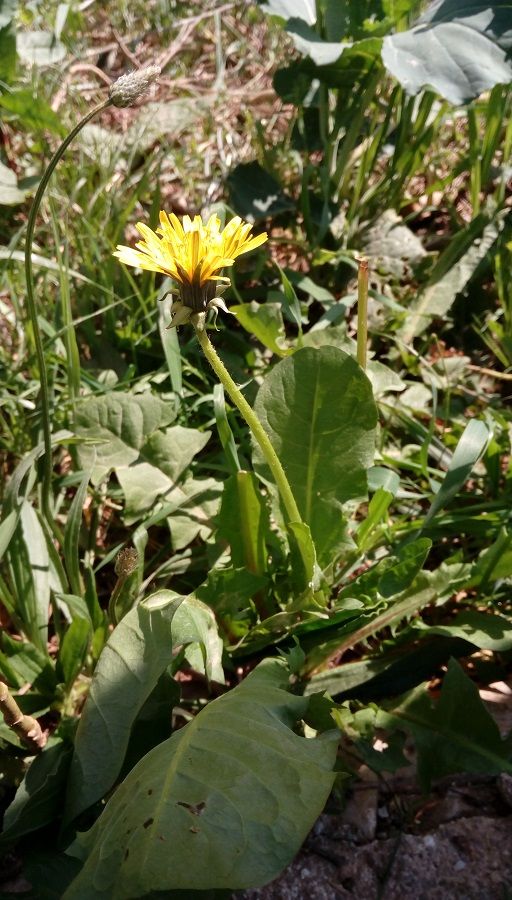
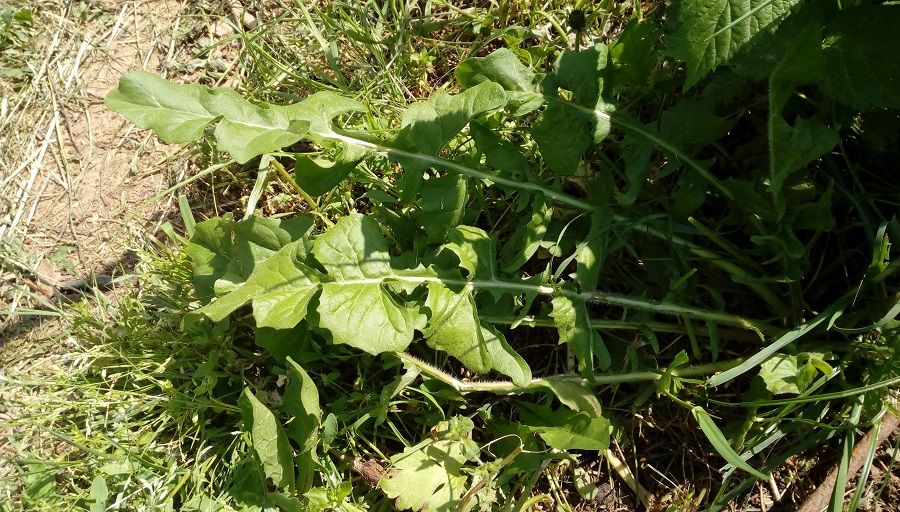
While chicory is widely consumed in the Mediterranean, a Balkan salad may include more unusual ingredients such as houseleek (or hens and chicks). Commonly called „čuvarkuća“ (which translates to 'home protector') this Sempervivum plant species is historically and presently used both as exterior decoration and medicine. Local people advise adding 2-3 leaves to your salad every day which will boost your immunity in a month's time.
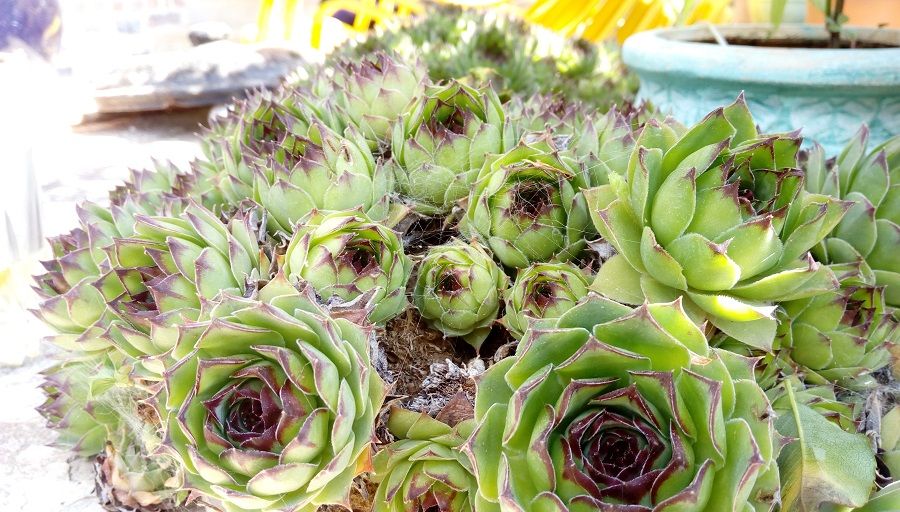
Another green friend of Balkan homemakers that beats both spinach and broccoli for vitamins and minerals is one you know very well but hardly pick - nettle. Though it is used for traditional cheese pie fillings (pita), as well for refreshing juices, the most common dish is nettle soup cooked with potatoes and carrots and seasoned with sour cream when served. For cooking, the first four or six leaves on each nettle spear are picked in the springtime before they begin to flower.
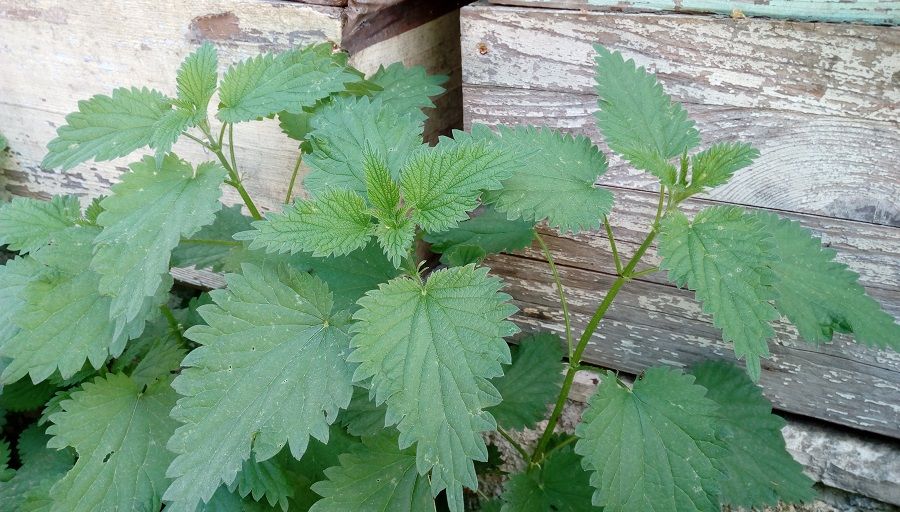
Considered just a wild weed by most, a member of the dandelion tribe is Sow Thistle or Sonchus oleraceus, which is used both raw and cooked in Balkan recipes. Locally called kostriš, its young and sharply shaped leaves are picked in the spring and autumn from plants which have not developed flowers (pedicel). Its bitter taste is soothed when cooked, allowing sow thistle to be served as a spinach-like garnish.
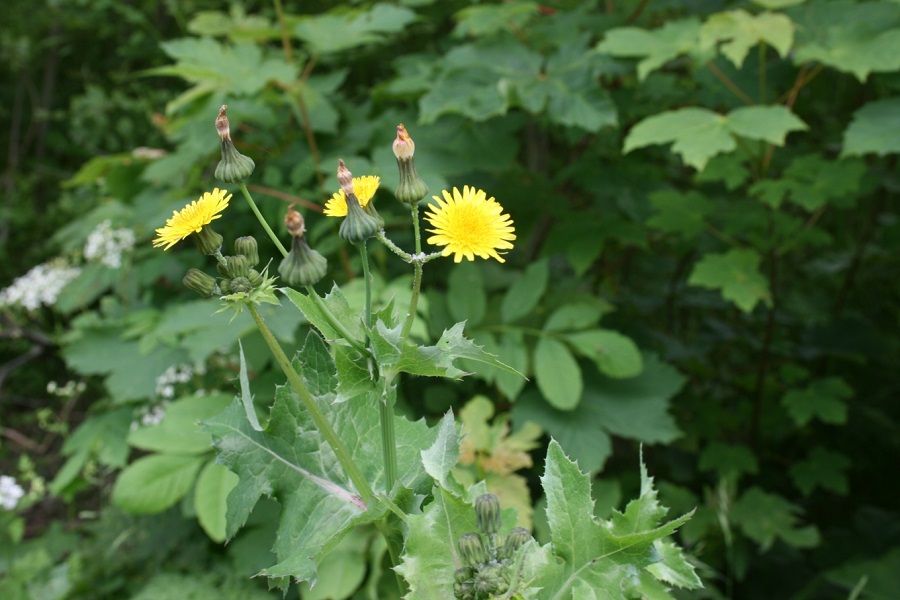
If you've had a chance to join a Balkan family at a celebration, you probably tried one of the traditional Balkan delights called sarma, or stuffed cabbage. Originally Turkish, this dish reaches perfection when minced lamb meat is rolled into young and tender grapevine leaves. This variation is called dolma and is prepared in the early-summer time, unlike the typically fatty pork sarma served in the winter.
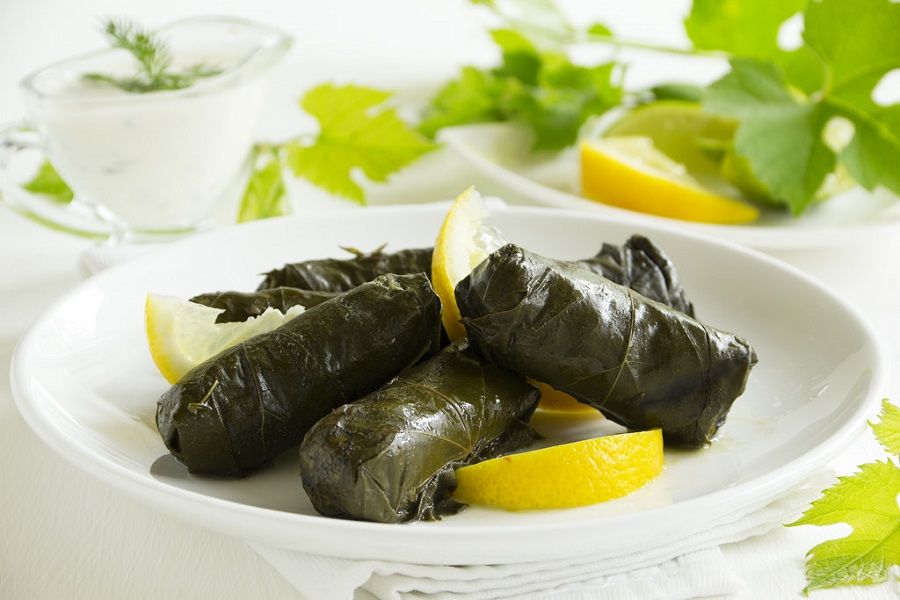
Next time you're jogging in your neighborhood park, have a closer look at what might be around you.








